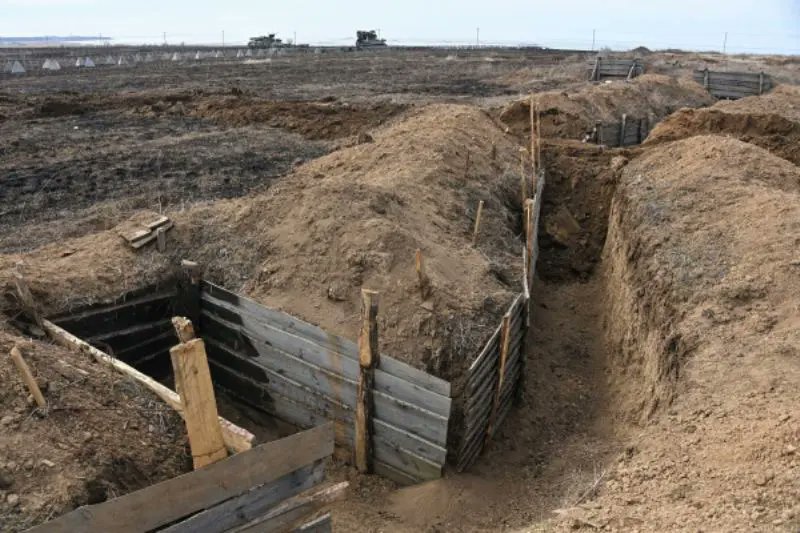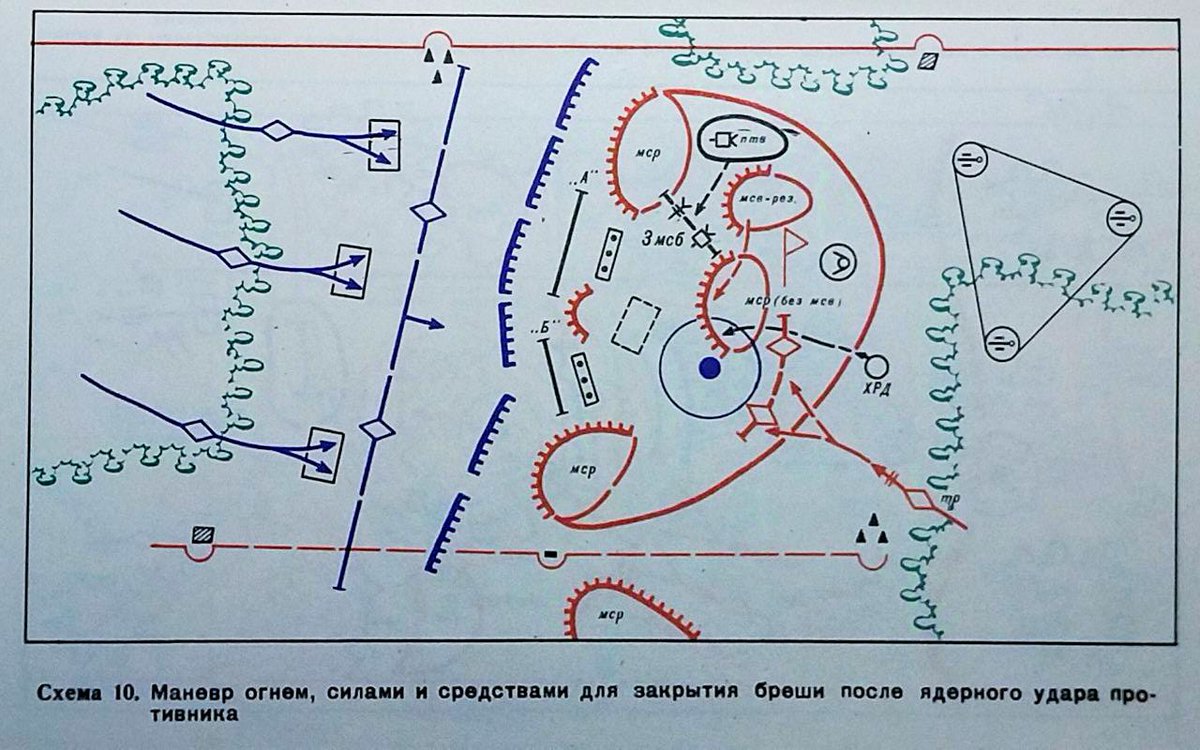1/ Sick and wounded Russian soldiers have been taken from the hospital where they were being treated for serious injuries, hepatitis, and cancer, and sent back to the fighting in Ukraine without their fitness being assessed. Some have threatened to shoot themselves.
2/ The men, many of whom are from the Russian-occupied Abkhazia region of Georgia, were sent to Afipsky, Krasnodar Krai for treatment for various diseases and injuries. They recorded an appeal on 4 December asking for their departure to the war zone to be halted.
3/ "Someone has categories G and D. I have hepatitis C. The majority are those who cannot be there. They don't let us go through the VVK [military-medical commission], the VVK is assigned by the base. They don't let us finish anything: neither the VVK, nor leave.
4/ "Many are sent with hepatitis. Do they want the army to be infected, or what?
They bring us to Luhansk, they say that we are going to the rear area, but they put us in dugouts, take away our cell phone service and then send us to the front...
They bring us to Luhansk, they say that we are going to the rear area, but they put us in dugouts, take away our cell phone service and then send us to the front...
5/ "Look at this guy – this man went to the 'rear area,' and came back – his face is all covered in scars. What kind of rear area is this?"
This is no longer serious. Give us automatic rifles - we will shoot ourselves."
This is no longer serious. Give us automatic rifles - we will shoot ourselves."
6/ The soldiers and their relatives demanded that they be given the opportunity to finish their treatment, undergo the VVK, and stop being sent to the front. However, the day after they recorded their appeal, they were rounded up, put in handcuffs and sent back to Ukraine.
7/ As many previous reports have indicated, Russia appears to be trying to compensate for its huge casualty rates by sending wounded men back into the fight as soon as possible, often without even treating them. /end
https://x.com/ChrisO_wiki/status/1833148086442434577
• • •
Missing some Tweet in this thread? You can try to
force a refresh








